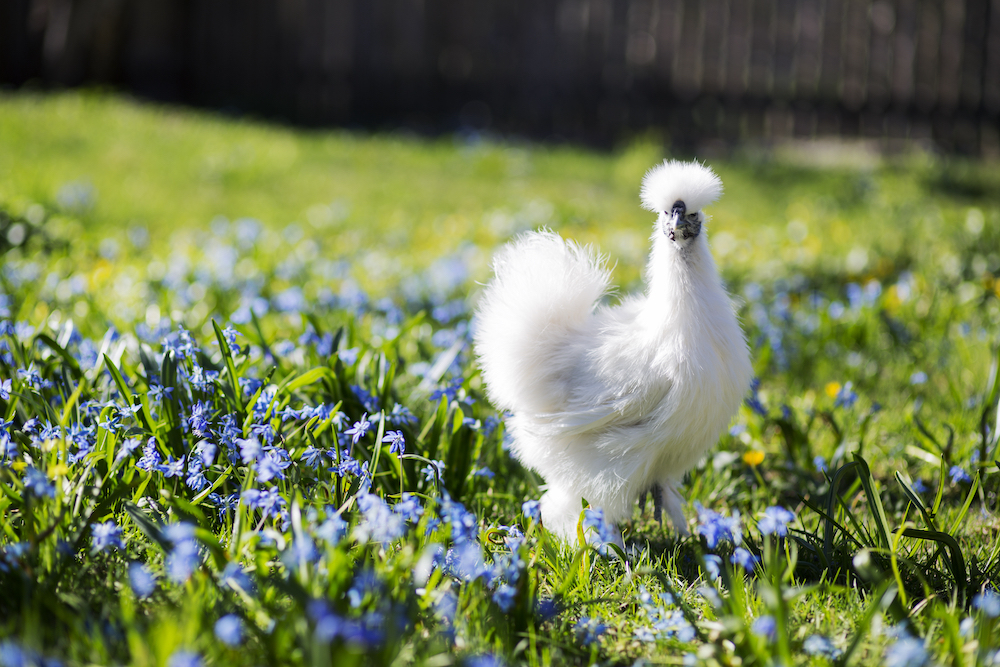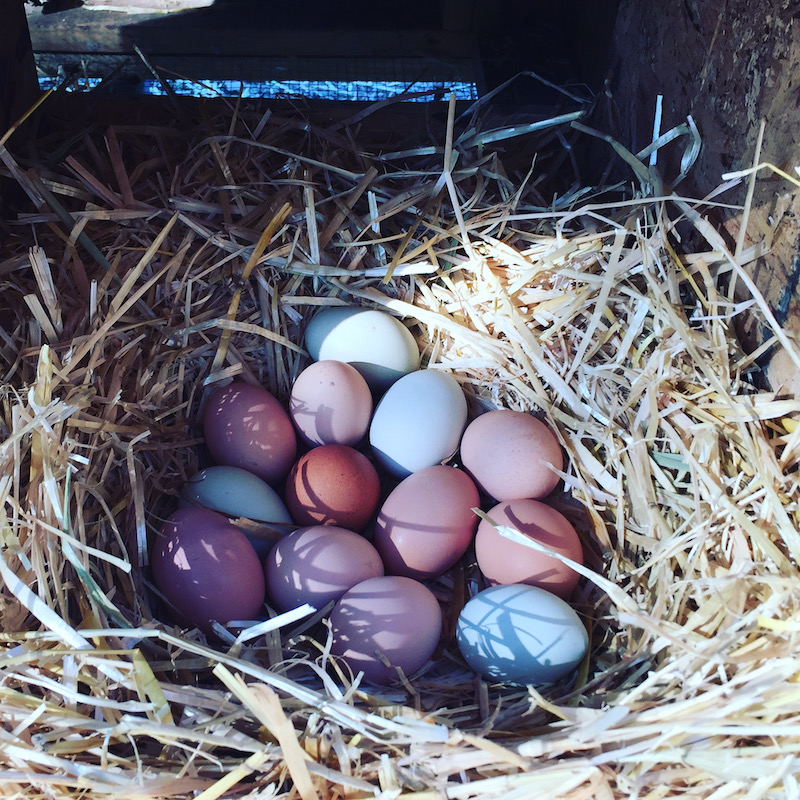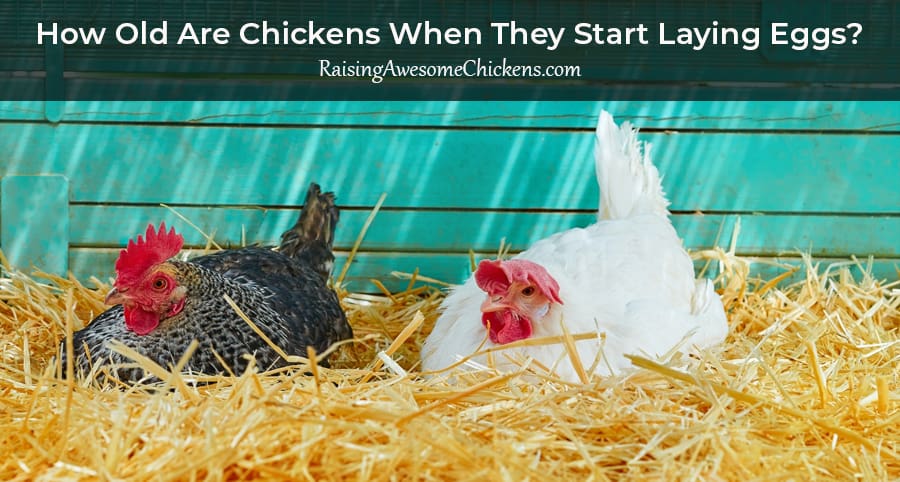Last Updated on February 22, 2024 by AwesomeChickens
For backyard chicken keepers, there’s nothing quite as satisfying as collecting fresh eggs from your own flock. To ensure a consistent supply of farm-fresh eggs, it’s essential to understand the factors that influence chicken egg production and how to maximize your hens’ egg-laying potential. This comprehensive guide’ll explore strategies, tips, and best practices to help your feathered friends become prolific layers.
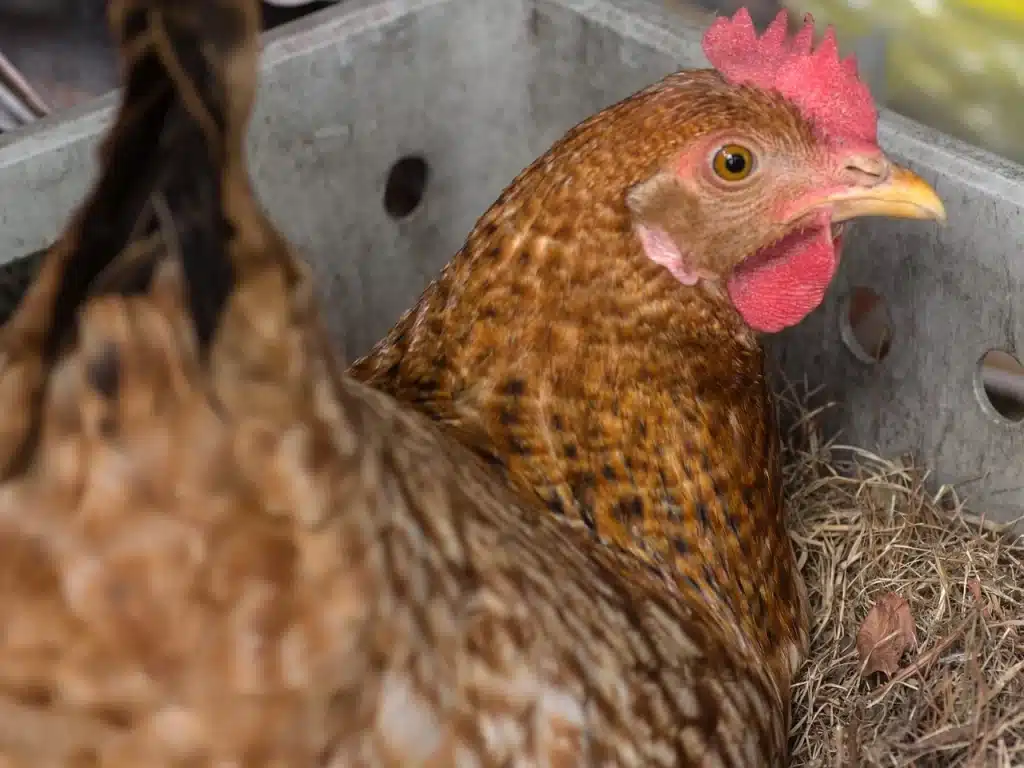
Table of Contents
Understanding the Egg-Laying Process
Before diving into strategies to boost egg production, let’s take a closer look at the egg-laying process in chickens:
- Egg Formation: The process begins when a hen’s ovary releases an egg yolk, which moves into the oviduct. Here, various layers of egg whites, membranes, and shells are added over a 24 to 26-hour period.
- Egg Laying: Once the egg is fully formed, it travels down the oviduct and into the uterus (shell gland), where the shell is calcified around the egg. Finally, the egg is laid.
- Rest Period: After laying an egg, hens typically experience a period of rest before starting the process again. The duration of this rest period varies among individual hens.
Now, let’s explore how you can maximize egg production in your flock.
Tips to Boost Egg Production
1. Select the Right Breeds
Some chicken breeds are better known for their egg-laying abilities than others. Consider breeds like Leghorns, Rhode Island Reds, and Sussex if your primary goal is high egg production. Research and choose breeds that match your specific needs and preferences.
2. Provide Optimal Nutrition
Proper nutrition is essential for egg production. Ensure your hens have access to a balanced diet rich in protein, calcium, and other essential nutrients. Commercial layer feeds are formulated to meet these needs, but you can also supplement with kitchen scraps, vegetables, and calcium sources like crushed eggshells or oyster shells.
3. Fresh Water Supply
Hens need a consistent clean, fresh water supply to stay hydrated and produce eggs. Check waterers regularly to ensure they are functioning correctly and free from contaminants.
4. Comfortable Coop and Nesting Boxes
Create a comfortable and stress-free environment for your hens. Provide adequate space in the coop, clean bedding, and well-maintained nesting boxes. Hens prefer quiet, dark, and private nesting areas, so design your coop with this in mind.
5. Proper Lighting
Chickens egg production is influenced by daylight hours. Hens typically lay more eggs when exposed to 14 to 16 hours of light daily. Consider using artificial lighting to maintain the optimal light duration in regions with shorter daylight hours in winter.
6. Manage Stress
Stress can significantly affect chicken egg production. Minimize stressors such as overcrowding, aggressive flock members, or sudden changes in routine. A calm and content flock is more likely to lay consistently.
7. Cleanliness and Hygiene
Maintain a clean and hygienic coop environment. Regularly remove droppings, soiled bedding, and debris from the coop and nesting boxes. Dirty conditions can lead to diseases and discourage egg laying.
8. Pest Control
Implement effective pest control measures to keep your coop free from parasites like mites and lice. These pests can stress hens and reduce egg production.
9. Health Checks
Monitor the health of your flock closely. Address any signs of illness promptly, as sick hens are less likely to lay eggs. Regular health checks can help detect issues early.
10. Provide Adequate Calcium
Calcium is essential for strong eggshells. Ensure your hens can access calcium sources like crushed eggshells, oyster shells, or commercial calcium supplements.
11. Limit Treats
While chickens enjoy treats like kitchen scraps and grains, they should be given in moderation. Excessive treats can lead to imbalanced nutrition and reduced egg production.
12. Space and Roosting Bars
Provide enough space for your chickens to move comfortably in the coop. Additionally, offer roosting bars for nighttime perching, as hens that rest well tend to lay more eggs.
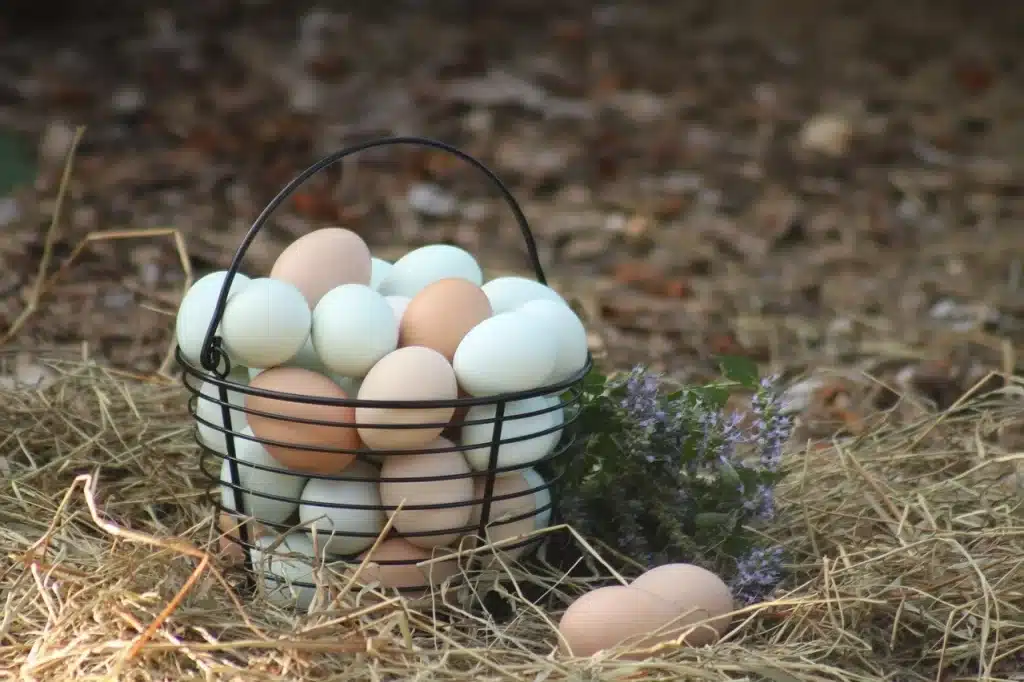
Egg-Laying Challenges and Solutions
Despite your best efforts, you may encounter challenges in egg production. Here are some common issues and their solutions:
1. Molting
During molting, hens temporarily cease egg production while regrowing feathers. This is a natural process; egg production typically resumes once molting is complete.
2. Broodiness
Some hens may become broody, meaning they want to hatch eggs. Broody hens, stop laying. To discourage broodiness, remove eggs promptly and prevent hens from sitting on the nest.
3. Age
Egg production tends to decline as hens age. Consider introducing younger hens to maintain a steady egg supply.
4. Seasonal Variations
Chicken egg production can vary seasonally, with hens laying fewer eggs during winter due to reduced daylight hours. Artificial lighting can help mitigate this.
Conclusion
Maximizing your hens’ egg-laying potential requires attention to various factors, from nutrition and environment to health and stress management. By implementing these tips and best practices, you can create an ideal environment for your flock, ensuring a consistent supply of fresh eggs from your backyard chickens. Remember that every flock is unique, so monitor your hens’ behavior and adjust your approach accordingly. With care and dedication, you’ll enjoy the rewards of a thriving and productive flock.


